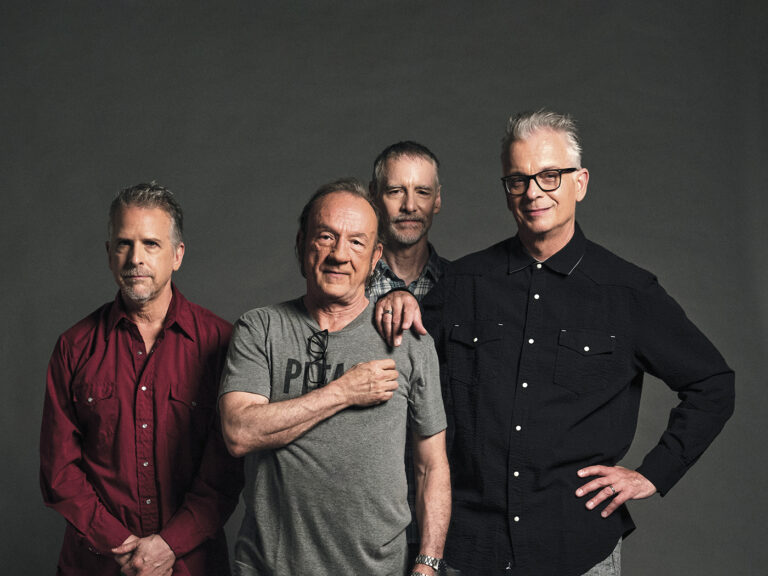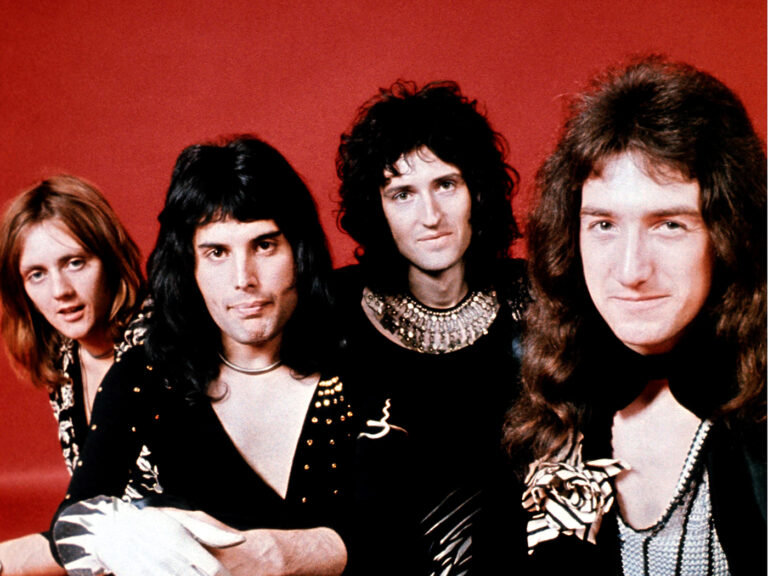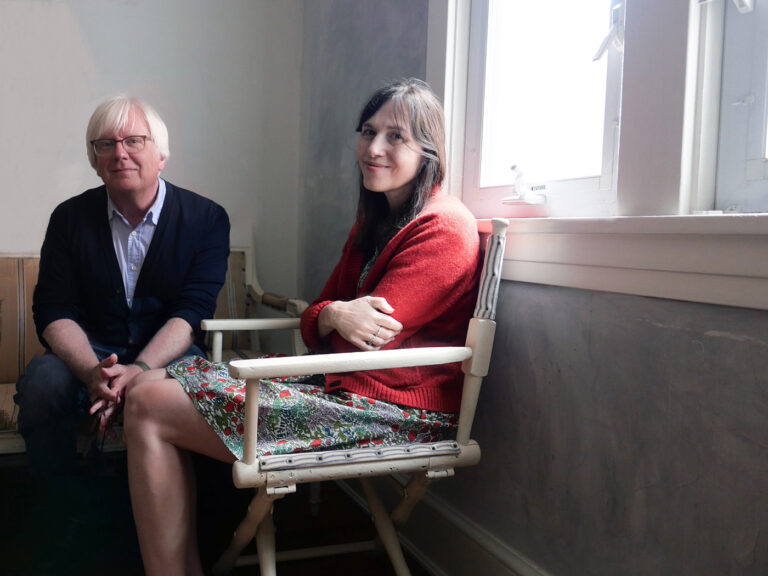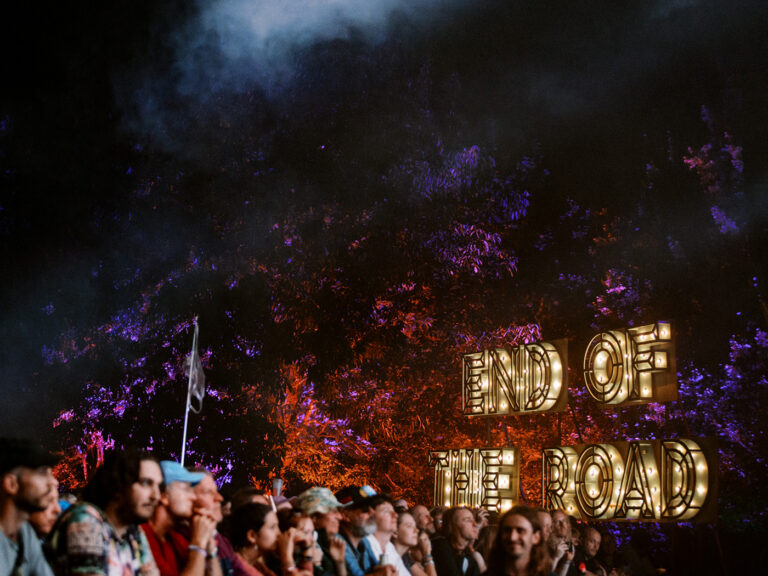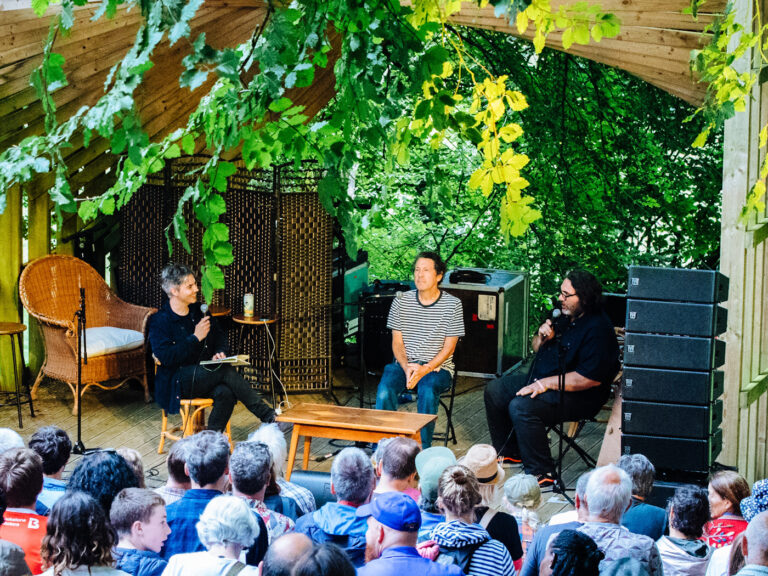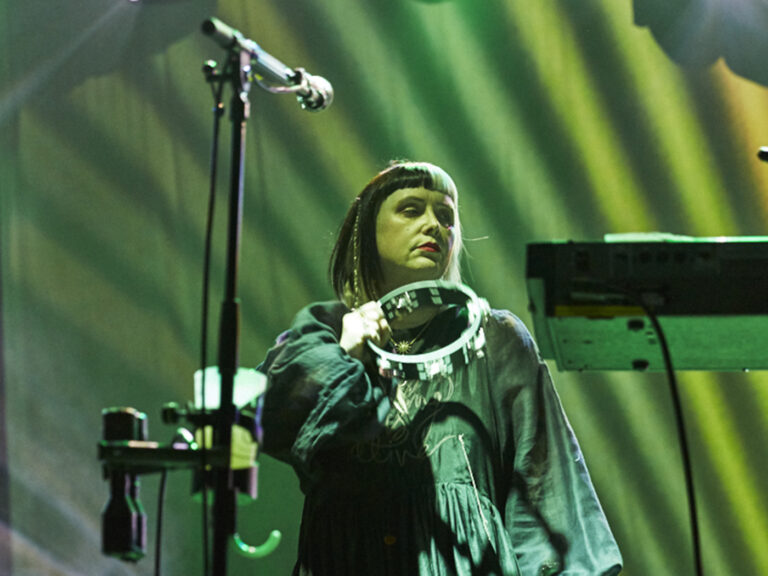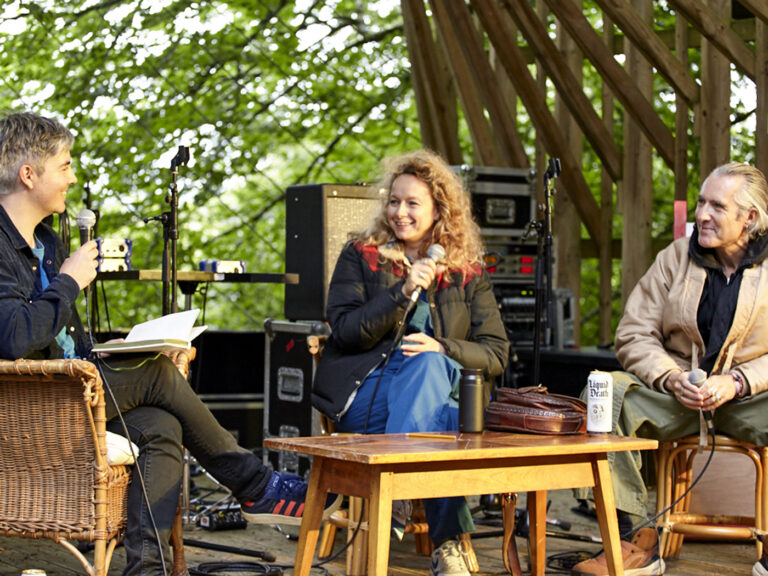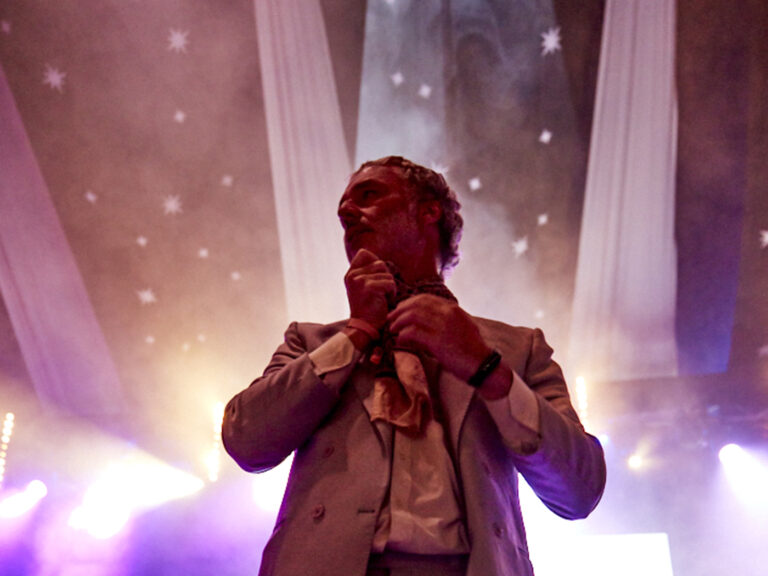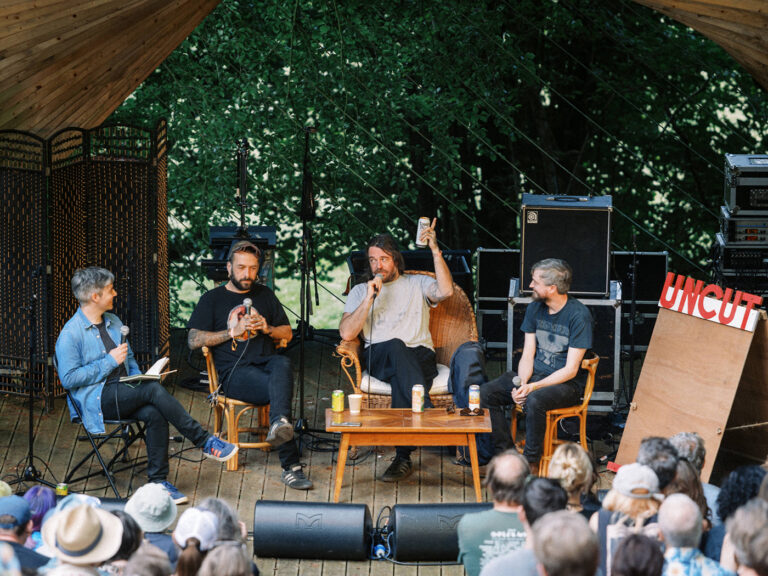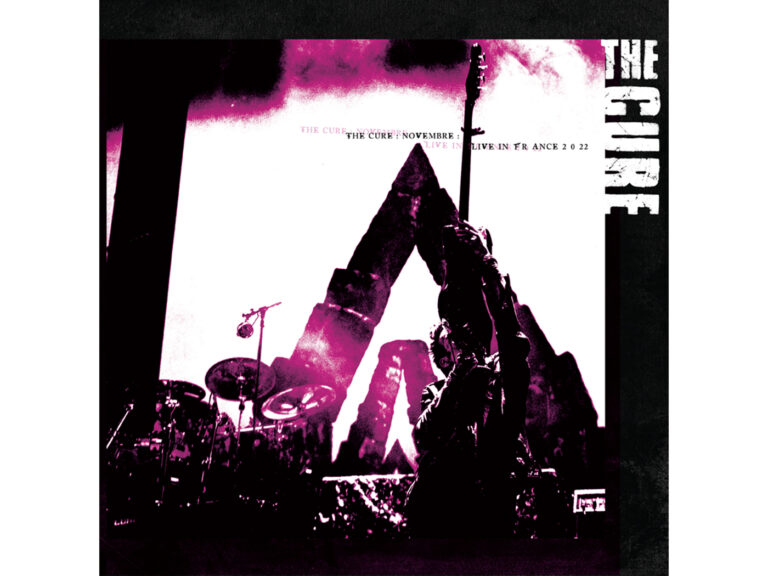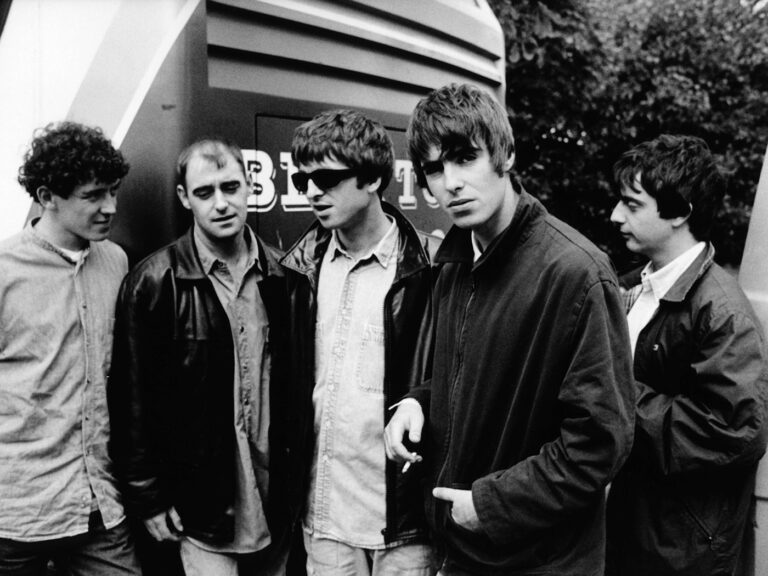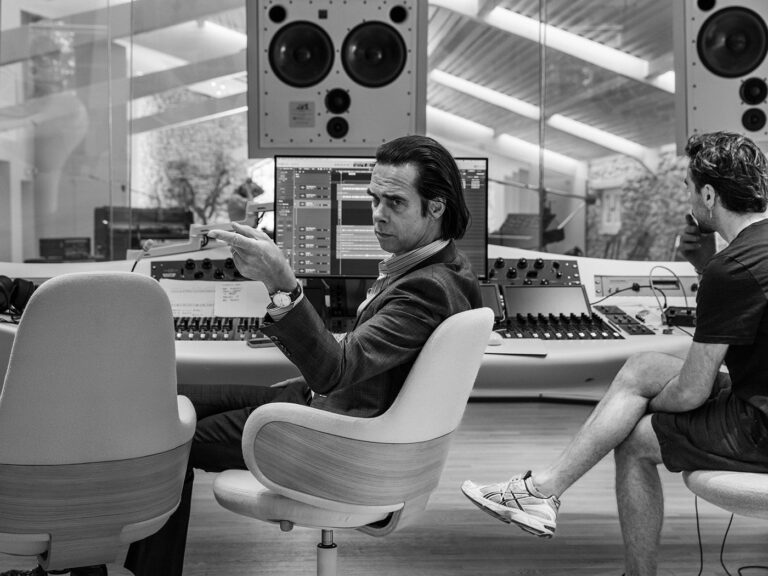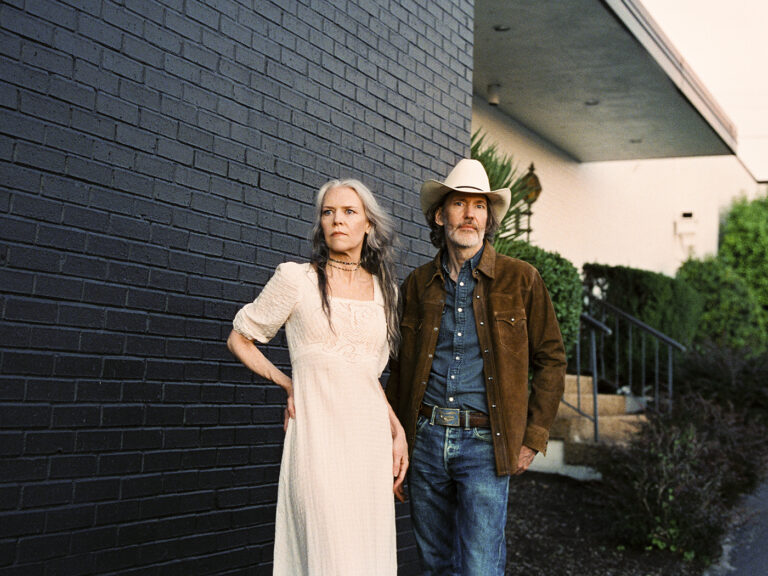“We haven’t mellowed,” proclaims Jesus Lizard frontman David Yow, with more than a hint of pride. “My wife makes fun at how dark and menacing it is, but I don’t see it that way. We write what we write because that’s what we write.” Although the band reunited in 2009 to play live, forthcoming album Rack will be their first for 26 years. “We pick up right where the last record left off,” says guitarist Duane Denison. “Some of the songs are even based on ideas we had from that era.”
“We haven’t mellowed,” proclaims Jesus Lizard frontman David Yow, with more than a hint of pride. “My wife makes fun at how dark and menacing it is, but I don’t see it that way. We write what we write because that’s what we write.” Although the band reunited in 2009 to play live, forthcoming album Rack will be their first for 26 years. “We pick up right where the last record left off,” says guitarist Duane Denison. “Some of the songs are even based on ideas we had from that era.”
Rack sees The Jesus Lizard maintain an approach – riffs, dissonance, freaky lyrics – that made them one of the most acclaimed cult bands of the 1990s. They formed in Austin in 1987, but really got going when they relocated to the fertile Chicago scene a few years later. Brooding, intense and threatening, they toured with the Blues Explosion and Sonic Youth, released a split single with Nirvana and recorded several LPs with Steve Albini, including classics Goat and Liar.
Their live shows were legendary. Yow fondly recalls a 1993 gig at The Garage in London where the crowd bent a steel crush barrier, broke the monitors and punched holes in the ceiling. “That was all kinds of wonderful,” he grins. The band are just as powerful today, but Denison insists that a Jesus Lizard show isn’t simply about aggression. “We are serious about our delivery, and we like to be abrasive and dissonant, but that’s balanced by humour,” he says. “Humour brings personality, and we want people to have fun. When we started out, we wanted women at our shows, we wanted people to dance. It wasn’t just for the local muscle men to clobber each other.”
The split seven-inch with Nirvana was conceived after the bands shared a bill in New Jersey in April 1990, but wasn’t released until 1993, by which time Nirvana were the biggest band in the world. “Oh, The Guilt” was Nirvana’s first post-Nevermind single; paired with The Jesus Lizard’s “Puss”, it reached No 12 in the UK charts despite Geffen insisting on a limited release. The Jesus Lizard then signed for a major label themselves, one of the more unlikely beneficiaries of the grunge boom. “One of the weird things about The Jesus Lizard was that other bands loved us,” says Yow. “We weren’t big but we got a lot of respect. Part of Capitol’s thinking was that by having us on the roster it made the label more attractive, because we were never going to be commercial.”
“Until now, that is!” laughs Denison. “Our new single ‘Hide And Seek’ is going to be the first in a string of hits.” Despite their onstage volatility, the quartet – Yow, Denison, bassist Dave Sims and drummer Mac McNeilly – have remained friends throughout, avoiding the pitfalls of band life, from fistfights to addiction. All the same, they felt no need to return to the studio until Denison and Yow were sharing a hotel room on tour in 2017, and Denison played some riffs. “David thought it was pretty good and asked what I was planning to do,” says Denison. “I said, ‘Let’s do a goddamn Jesus Lizard record for fuck’s sake.’” Yow worked on lyrics, employing an automatic writing style and drawing on his anger at US politics to access some of the rage that is central to the Jesus Lizard experience. That’s despite their real-life calm. “We had zero pressure because we weren’t on a label and had no idea if we’d even release it,” says Yow. “There are a couple of things Duane did that might be my favourite things he has ever done. There’s some weird stuff and some straight rock stuff. It’s got riffs and it’s experimental in places because we are still the same guys we always were.”
When you purchase through links on our site, we may earn an affiliate commission. Here’s how it works.


